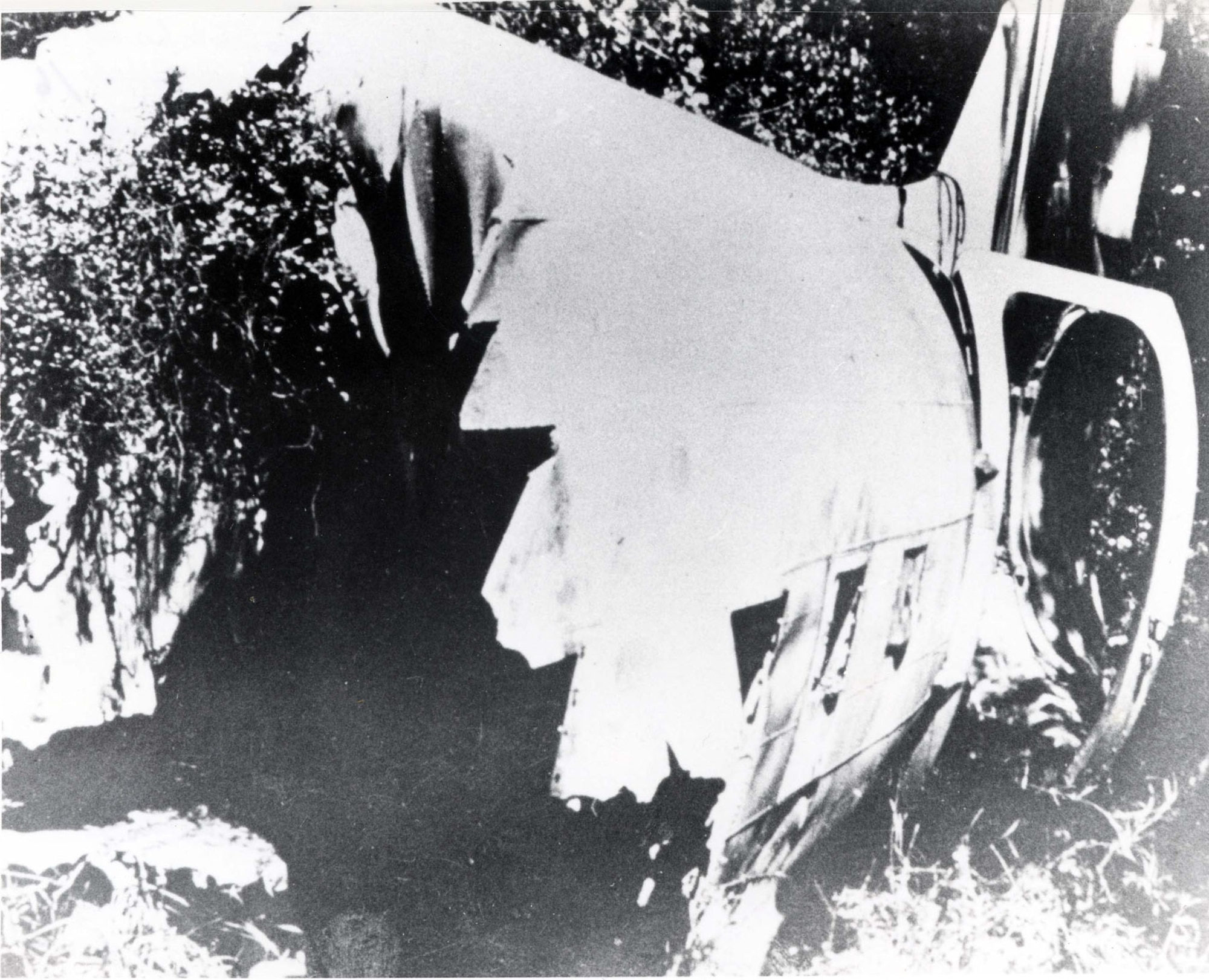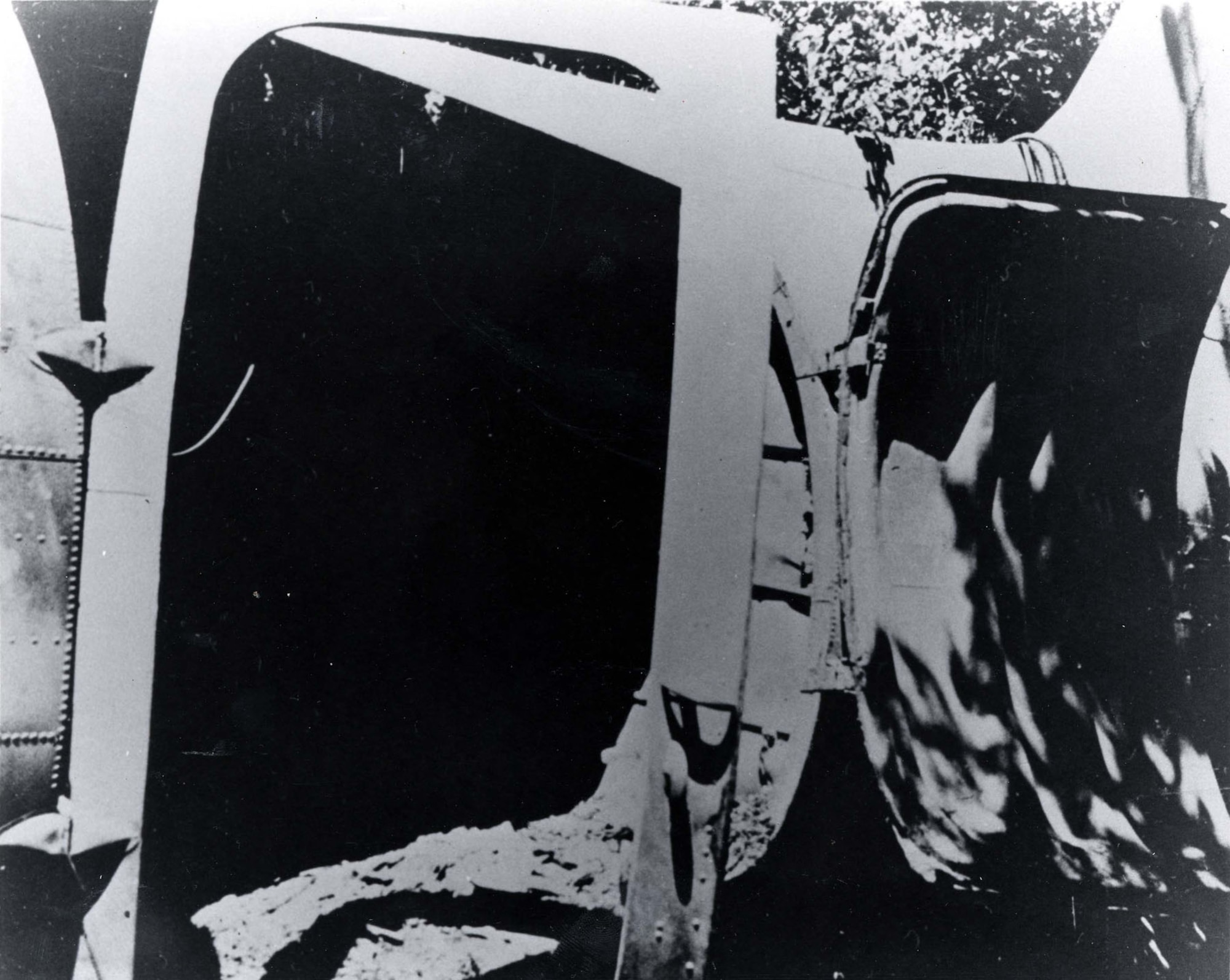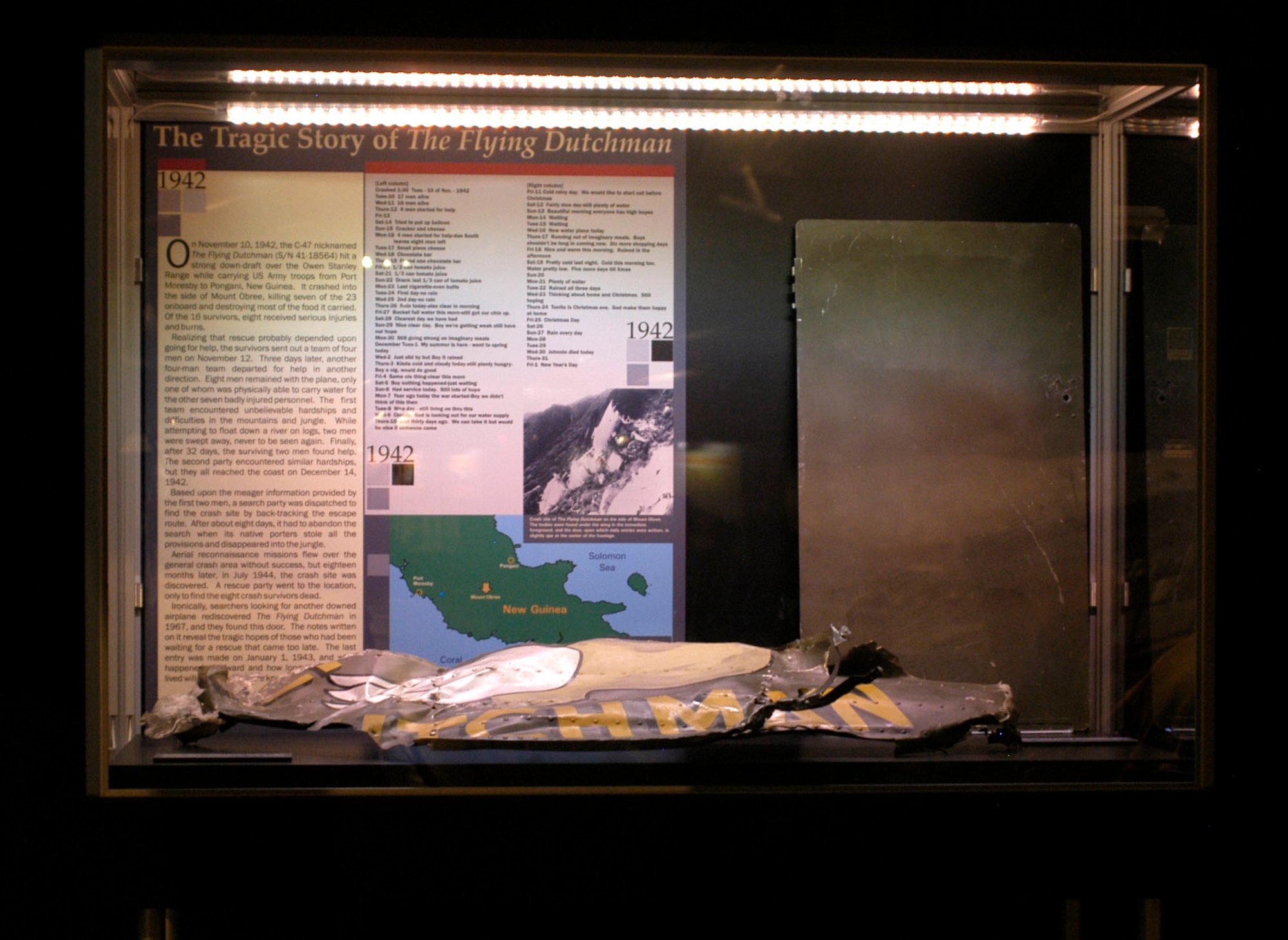-
Photo Details / Download Hi-Res
-
Photo Details / Download Hi-Res
-
-
Photo Details / Download Hi-Res
-
Photo Details / Download Hi-Res
' + '
' + '
SHOW PHOTO DETAILS
'; } else { caption += $(this).find('figcaption').html() + getDetailsURL($(this).parent()) + getDownloadURL($(this).parent()) + showFBShare(); } } else { if (isMobile()) { caption += '
' + '
' + '
' + '
' + '
' + $(this).find('figcaption p').html() + '
' + getDetailsURL($(this).parent()) + getDownloadURL($(this).parent()) + showFBShare() + '
' + '
' + '
SHOW PHOTO DETAILS
'; } else { caption += '
' + '
' + $(this).find('figcaption p').html() + '
' + getDetailsURL($(this).parent()) + getDownloadURL($(this).parent()) + showFBShare(); } } return caption; }, afterLoad: function (instance, current) { //initial desktop view $(".fancybox-caption__body").addClass("a2a_kit").addClass("a2a_default_style"); if (isMobile()) $(".fancybox-caption__body").addClass("mobile"); }, afterShow: function (instance, current) { var $currentSlide = $(".fancybox-slide.fancybox-slide--current").parent().parent(); if (isMobile()) $currentSlide.find(".fancy-detail-link").on("touchstart", function () { captionToggle(); }); }, afterClose: function () { } })); let debounceTimer; $(window).on("resize", function (event) { if (isMobile()) return; if ($(".af3-caption-body").length > 0 && $(".af3-caption-body").css("height") != undefined) { event.stopImmediatePropagation(); $(".fancybox-caption__body").removeClass("half"); isDesktopInit = false; captionToggle(); debounceTimer = setTimeout(function () { clearTimeout(debounceTimer); debounceTimer = null; recalculateImageSize(); }, 1000); } }); function recalculateImageSize() { // Fancy box miscalculates because of race conditions with new layout var origImgWth = $(".fancybox-image").prop("naturalWidth"); var origImgHgt = $(".fancybox-image").prop("naturalHeight"); var winWth = $(window).innerWidth(); var winHgt = $(window).innerHeight() var ratio = Math.min(winWth / origImgWth, winHgt / origImgHgt); var newImgWth = (origImgWth * ratio); var newImgHgt = (origImgHgt * ratio); var dstTop = Math.floor((winHgt - newImgHgt)) / 2; var dstLeft = Math.floor((winWth - newImgWth)) / 2; $(".fancybox-content").removeAttr("style"); $(".fancybox-content").css("width", newImgWth + "px"); $(".fancybox-content").css("height", newImgHgt + "px"); $(".fancybox-content").css("transform", "translate(" + dstLeft + "px, " + dstTop + "px)"); } function captionToggle() { if ($(".fancybox-caption__body").hasClass("af3-caption-body")) { $(".af3-caption-body").stop(true, false).animate({ height: "0vh" }, 800, function () { // Animation complete. closeDetails(); }); $(".fancy-photo-detail-link").html($(".fancy-photo-detail-link").html().replace("CLOSE", "SHOW")); } else { $(".fancybox-caption__body").addClass("af3-caption-body"); $(".af3-caption-body").addClass(detailSize); $(".af3-caption-body").animate({ height: displayhgt }, 800); $(".fancybox-caption").addClass("af3-caption-bg"); $(".base-caption-info").addClass("full-height"); $(".fancy-photo-detail-link").addClass("photo-detail-gradient"); $(".fancybox-button").css("display", "none"); $(".fancy-photo-detail-link").html($(".fancy-photo-detail-link").html().replace("SHOW", "CLOSE")); $(".fancybox-caption__body").prepend(prependClosing()); $(".closing-box, .closingx").on("touchstart", function () { captionToggle(); }); } } function getDetailsURL(fbObj) { return 'DETAILS'; } function getDownloadURL(fbObj) { return 'DOWNLOAD'; } function showFBShare() { return ''; } function closeDetails() { $(".af3-caption-body").removeClass(detailSize); $(".fancybox-caption__body").removeClass("af3-caption-body"); $(".fancybox-caption").removeClass("af3-caption-bg"); $(".base-caption-info").removeClass("full-height"); $(".fancy-photo-detail-link").removeClass("photo-detail-gradient"); $(".fancybox-button").css("display", "block"); if (detailSize === "half") { detailSize = "full"; displayhgt = "90vh"; $(".fancybox-caption").removeClass("desktop-init"); } } function prependClosing() { return '
' } });
Realizing that rescue probably depended upon going for help, the survivors sent out a team of four men on Nov. 12. Three days later, another four-man team departed for help in another direction. Eight men remained with the plane, only one of whom was physically able to carry water for the other seven badly injured personnel.
The first team encountered unbelievable hardships and difficulties in the mountains and jungle. While attempting to float down a river on logs, two men were swept away, never to be seen again. Finally, after 32 days, the surviving two men found help. The second party encountered similar hardships, but they all reached the coast on Dec. 14, 1942.
Based upon the meager information provided by the first two men, a search party was dispatched to find the crash site by back-tracking the escape route. After about eight days, it had to abandon the search when its native porters stole all the provisions and disappeared into the jungle.
Aerial reconnaissance missions flew over the general crash area without success, but eighteen months later, in July 1944, the crash site was discovered. A rescue party went to the location, only to find the eight crash survivors dead.
Ironically, searchers looking for another downed airplane rediscovered The Flying Dutchman in 1967, and they found this door. The notes written on it reveal the tragic hopes of those who had been waiting for a rescue that came too late. The last entry was made on Jan. 1, 1943, and what happened afterward and how long the last man lived will probably never be known.
Daily Entries on Door:
(Left column)
Crashed 1:30 Tues - 10 of Nov. - 1942
Tues-10 17 men alive
Wed-11 16 men alive
Thurs-12 4 men started for help
Fri-13
Sat-14 Tried to put up balloon
Sun-15 Cracker and cheese
Mon-16 4 men started for help-due South leaves eight men left
Tues-17 Small piece cheese
Wed-18 Chocolate bar
Thurs-19 Found one chocolate bar
Fri-20 1/3 can tomato juice
Sat-21 1/3 can tomato juice
Sun-22 Drank last 1/3 can of tomato juice
Mon-23 Last cigarette-even butts
Tues-24 First day-no rain
Wed-25 2nd day-no rain
Thurs-26 Rain today-also clear in morning
Fri-27 Bucket full water this morn-still got our chin up.
Sat-28 Clearest day we have had
Sun-29 Nice clear day. Boy we're getting weak still have our hope
Mon-30 Still going strong on imaginary meals
December Tues-1 My summer is here - went to spring today
Wed-2 Just slid by but Boy it rained
Thurs-3 Kinda cold and cloudy today-still plenty hungry-Boy a cig. would do good
Fri-4 Same ole thing-clear this morn
Sat-5 Boy nothing happened-just waiting
Sun-6 Had service today. Still lots of hope
Mon-7 Year ago today the war started-Boy we didn't think of this then
Tues-8 Nice day - still living on thru this
Wed-9 Cloudy. God is looking out for our water supply
Thurs-10 Just thirty days ago. We can take it but would be nice if someone came
(Right column)
Fri-11 Cold rainy day. We would like to start out before Christmas
Sat-12 Fairly nice day-still plenty of water
Sun-13 Beautiful morning everyone has high hopes
Mon-14 Waiting
Tues-15 Waiting
Wed-16 New water place today
Thurs-17 Running out of imaginary meals. Boys shouldn't be long in coming now. Six more shopping days
Fri-18 Nice and warm this morning. Rained in the afternoon
Sat-19 Pretty cold last night. Cold this morning too. Water pretty low. Five more days till Xmas
Sun-20
Mon-21 Plenty of water
Tues-22 Rained all three days
Wed-23 Thinking about home and Christmas. Still hoping
Thurs-24 Tonite is Christmas eve. God make them happy at home
Fri-25 Christmas Day
Sat-26
Sun-27 Rain every day
Mon-28
Tues-29
Wed-30 Johnnie died today
Thurs-31
Fri-1 New Year's Day
Pat
Mart
Ted
(on lower left of door)
Click here to return to the World War II Gallery.




